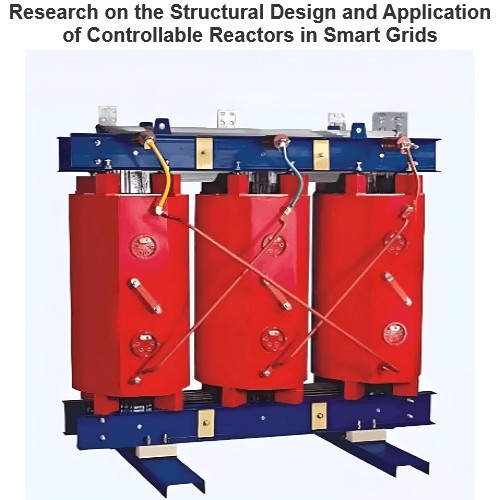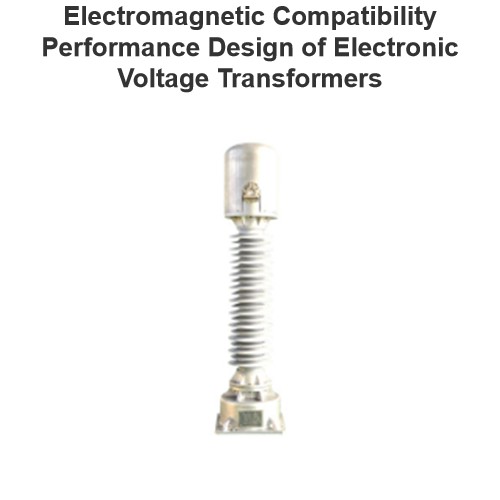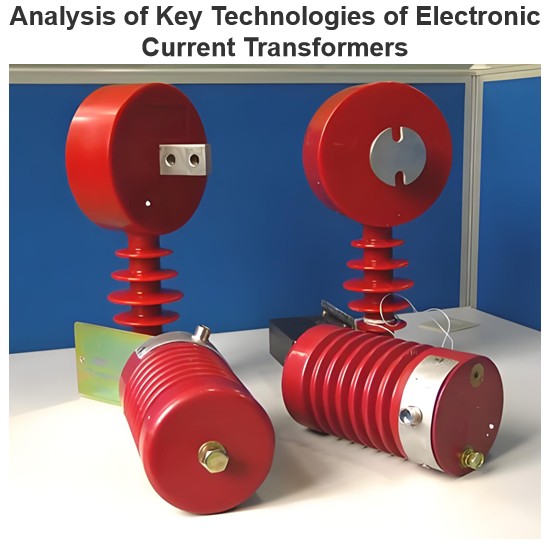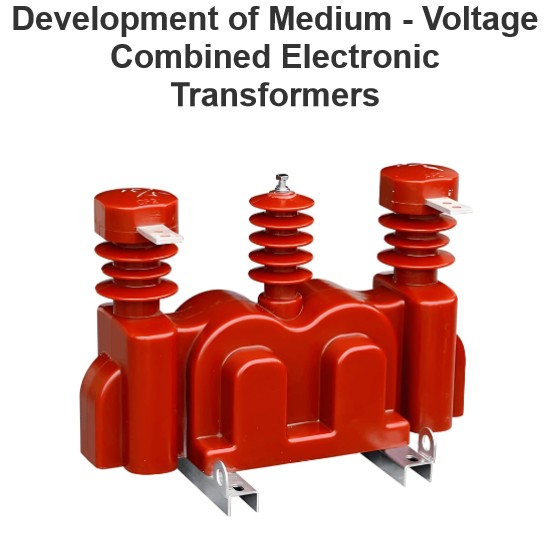Placement and rating planning of feeders & transformers for LV/MV distribution networks
Dyson
04/14/2025
Allocation and Sizing of Distribution Transformers and Feeders
Focused on the design of electrical equipment, proficient in electrical principles and relevant specifications, and skilled in using design software. From intelligent substations to various types of electrical equipment, I am adept at optimizing design solutions, integrating new technologies. With practical experience and collaborative management capabilities, I deliver outstanding electrical design achievements.

Research on the Structural Design and Application of Controllable Reactors in Smart Grids
Reactors are key for reactive power compensation in power systems, with magnetically controlled reactors as a research focus. A smart grid, upgrading the traditional one via advanced tech, boosts safety and reliability, raising demands for controllable reactors. Thus, developing new - type ones matters. This paper, combining practice, explores their structural design and application to drive innovation and enhance smart grid construction.1 Functions and Application Status of Controllable Reactor
Dyson
07/24/2025

Electromagnetic Compatibility Performance Design of Electronic Voltage Transformers
1 Overview of EMC Performance of Electronic Voltage Transformers1.1 Definition & Requirements of EMCElectromagnetic Compatibility (EMC) denotes a device/system’s ability to operate undisturbed in a given electromagnetic environment and avoid causing unacceptable electromagnetic interference to other entities. For electronic voltage transformers, EMC demands stable measurement performance in complex settings, without interfering with other devices. Their EMC performance must be factored
Dyson
07/23/2025

Analysis of Key Technologies of Electronic Current Transformers
Traditional power transformers face inherent issues due to their sensors. Critically, they are vital for power plant monitoring, control, and protection (e.g., fault recording, safety control). However, large electrical energy transmission via information carriers and the lack of digital signal output from digital systems complicate secondary communication. Complex secondary wiring compensates for microcomputers’ high reliability, streamlining protection and secondary devices. This innovat
Dyson
07/22/2025

Development of Medium - Voltage Combined Electronic Transformers
1 Measurement Principle of Combined Electronic Transformers1.1 Voltage Measurement PrincipleElectronic transformers measure voltage using the capacitive voltage division method. Since the voltage across a capacitor cannot change abruptly, the secondary voltage obtained directly through capacitive voltage division has poor transient response and low measurement accuracy. To improve the measurement accuracy, a precision sampling resistor is connected in parallel across the low-voltage capacitor. I
Dyson
07/21/2025












